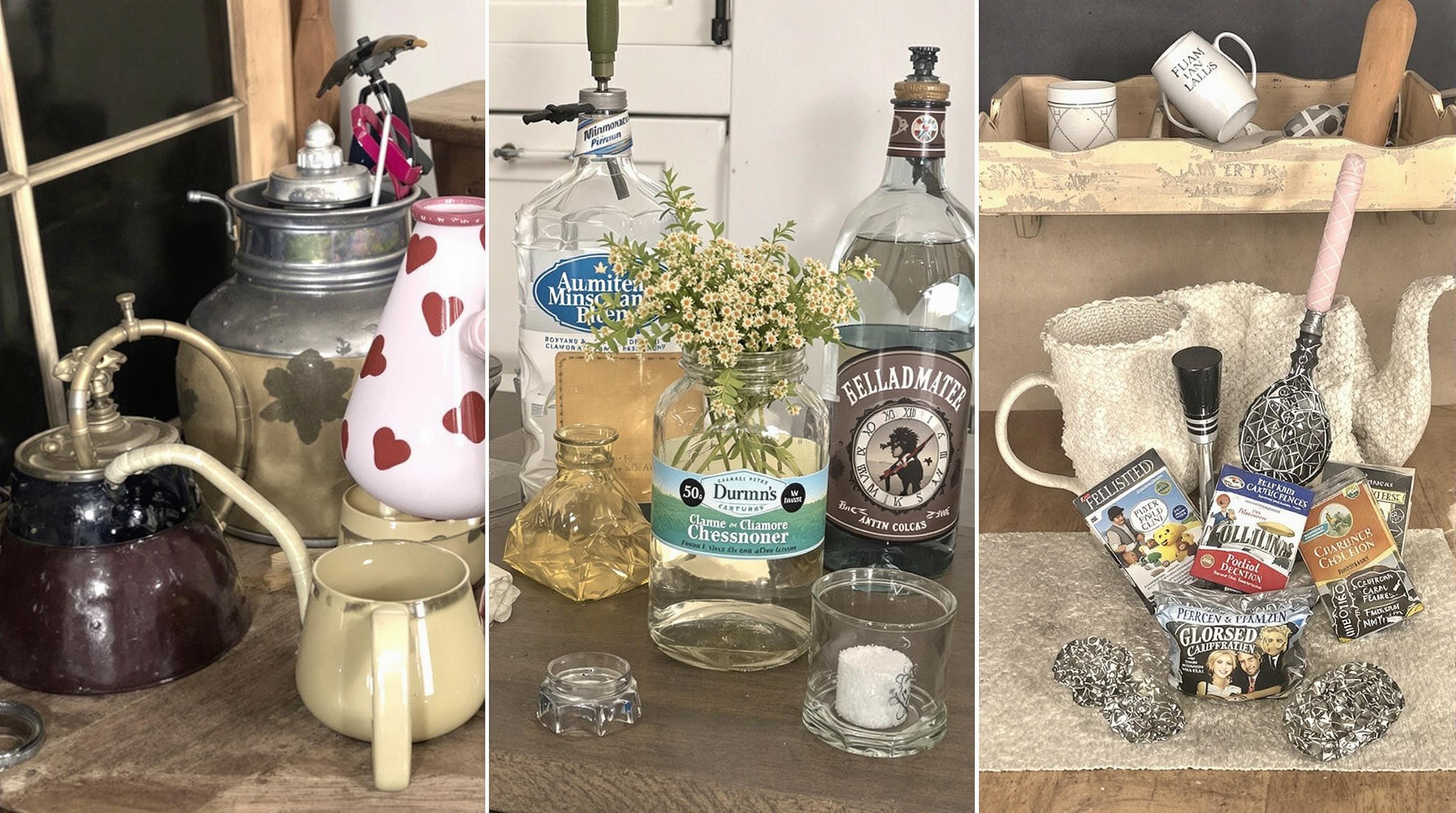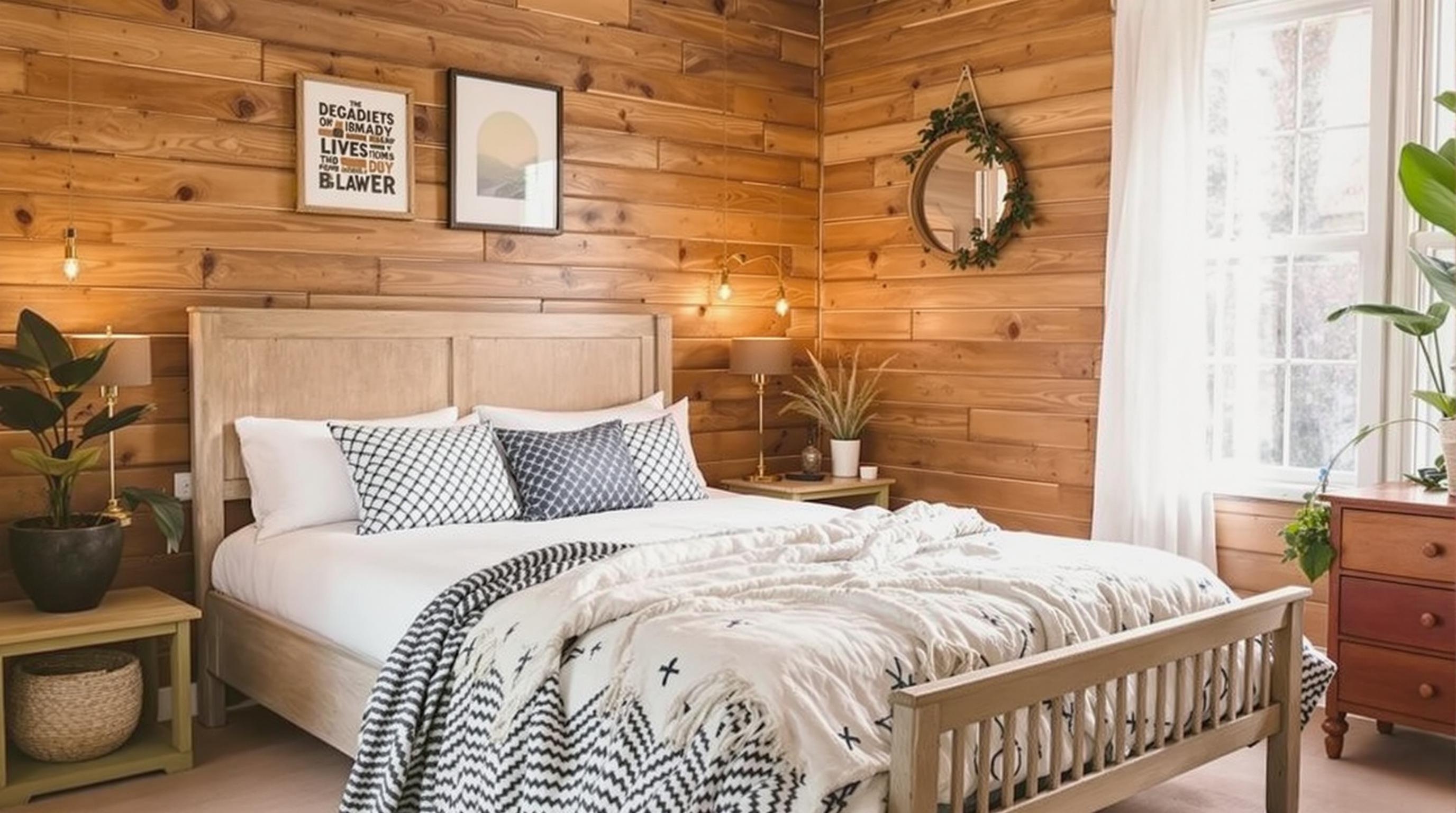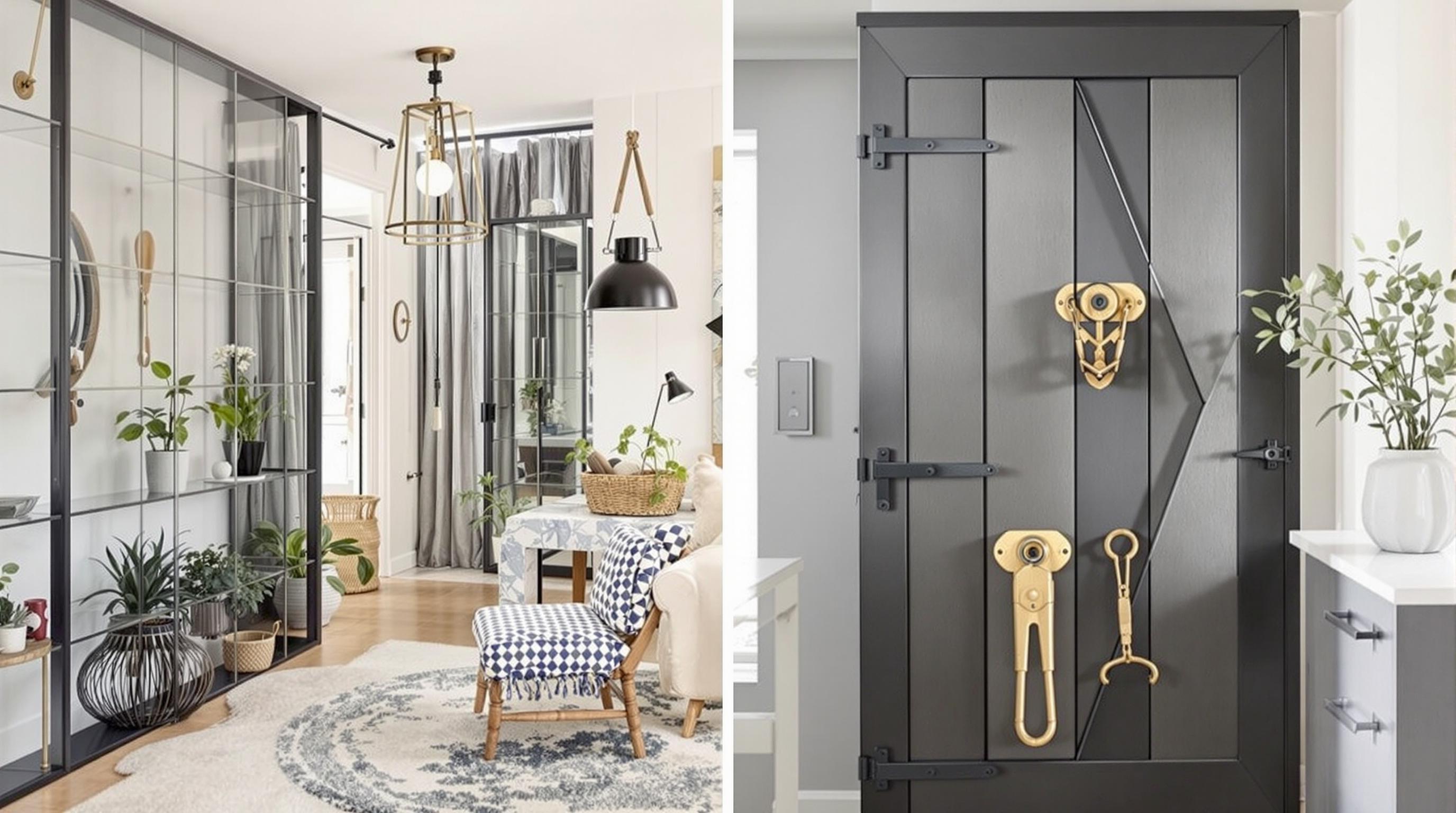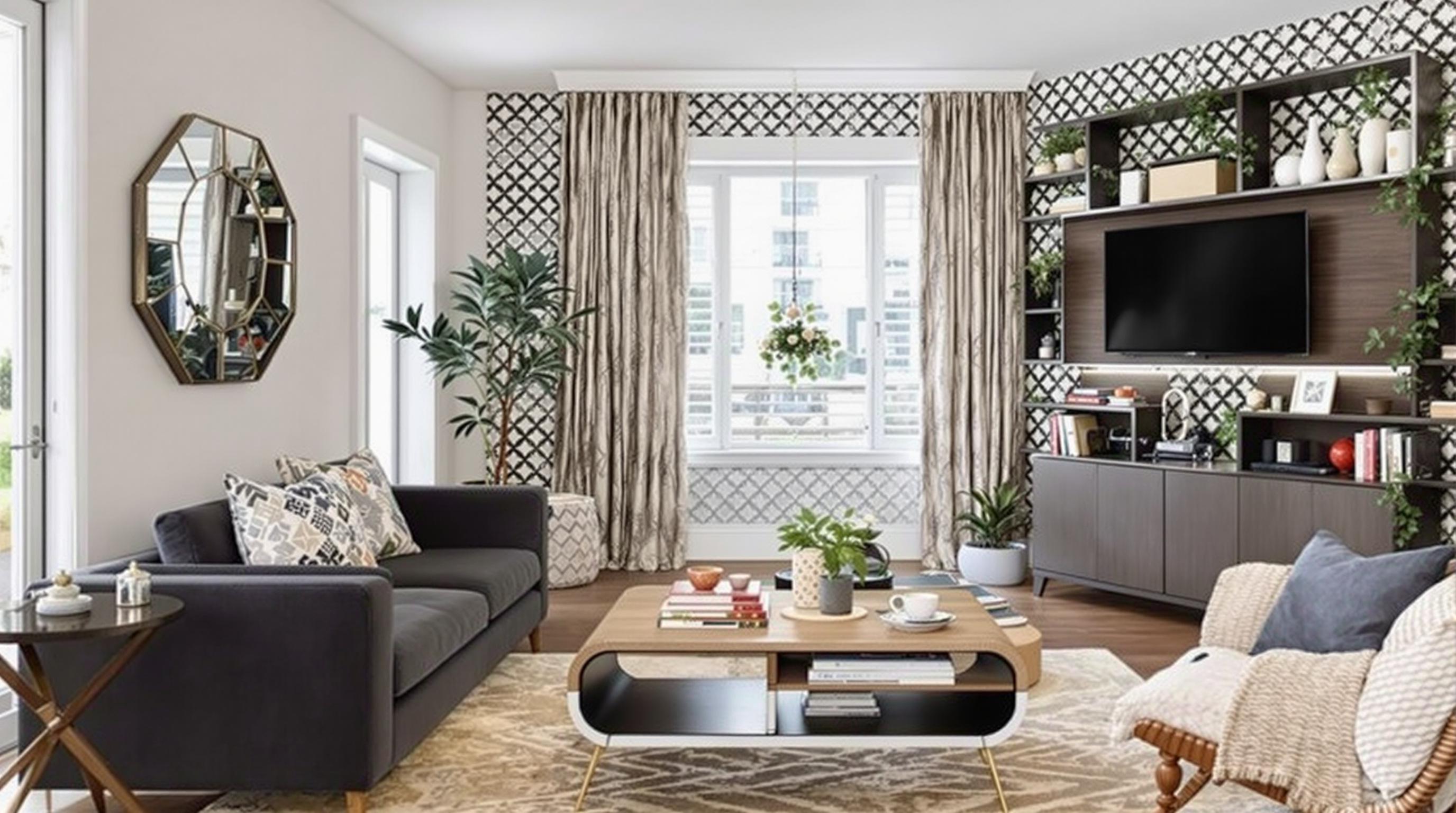Related Articles
- The Hidden Influence of Ergonomics: How Tool Design Shapes Our Physical Spaces and Daily Lives
- The Silent Influence: How Hidden Home Implements Shape Our Daily Routines and Spaces
- The Counterintuitive Role of Chaos: How Messy Tool Storage Can Lead to Unexpected Home Innovations
- Exploring the Unseen: How Audio Experiences Shape the Art of Domestic Spaces and Color Perception
- Rethinking the Mundane: How Everyday Objects are Becoming the Canvas for Modern Artistic Expression in Home Spaces
- Cultivating Chaos: The Surprising Benefits of Embracing Weeds in Your Garden Ecosystem
Repurpose with Purpose: Unusual Household Items That Add Character and Charm to Your DIY Project
Repurpose with Purpose: Unusual Household Items That Add Character and Charm to Your DIY Project
Transforming your home with DIY projects is not only creative but also sustainable, especially when you learn to repurpose unusual household items. This article explores a multitude of household items that can add character and charm to your projects, along with tips, examples, and the excitement of rediscovery.
Why Repurpose?
Firstly, repurposing is an eco-friendly practice. According to the Environmental Protection Agency, about 292.4 million tons of trash were generated in the United States in 2018. The more we repurpose, the less we contribute to landfills. Repurposing isn’t just good for the environment; it can also save you money. DIY enthusiasts can often turn household discards into chic décor or useful items without breaking the bank.
Let’s Talk About the Charming Upcycle
Picture this: You’re having a gathering at your home, and someone asks where you bought that stunning coffee table. With a proud smile, you reveal it was made from an old wooden door you found in your garage. This stunning transformation not only speaks to your creativity but also adds a story to your living space, which is what many people find appealing.
Unlikely Candidates for Repurposing
Now, let’s get into some specific items that you can repurpose. The key is to look at each item and think, “What else can this be?” Here are a few unusual household objects that can play a significant role in your DIY efforts:
1. Vintage Suitcases
Those dusty old suitcases tucked away in the corner can be transformed into stunning side tables. Stack a few on top of each other to create a unique coffee table or use them as decorative storage. According to a study by the DIY Network, such upcycled projects not only have a unique look but also often carry sentimental value.
Example Project:
One DIYer turned an old vintage suitcase into a bar cart for their living room. They simply added wheels and some dividers for glasses and bottles, and voilà! A chic yet functional piece that’s sure to get guests talking.
2. Mason Jars
Mason jars are ubiquitous in the world of DIY, but they can be used in ways you might not expect. Rather than just for food storage, consider using them as pendant lights or candle holders. The glass glistens beautifully when lit, creating a cozy ambiance in your home.
Case Study:
A couple in Ohio repurposed their collection of mason jars as part of their wedding décor. They hung them from tree branches filled with fairy lights, creating a magical atmosphere for their special day. Over 85% of wedding planners noted that using DIY elements can evoke a personal touch worth more than any generic decorations available on the market.
3. Old Books
For book lovers, repurposing old books can be a fulfilling practice. Create a coffee table out of stacked books, or use them to form a unique wall art installation. Not only are old books aesthetically pleasing, but they can also tell a story.
A Little Humor:
Okay, here’s a laugh: When your friends say they’re “too busy to read,” just nod knowingly. You can give them old books as décor; whether they ever read them is irrelevant! You’ve already added character to your space and their lives with that little joke!
4. Teacups and Saucers
If you have mismatched teacups and saucers lying around, instead of letting them collect dust, upcycle them into quirky candle holders or herb planters. They can add an elegant touch to your table settings or brighten your kitchen windowsill.
Statistics:
A survey by DIY Research reveals that 76% of people who engage in DIY projects find that irreverent crafting, like using teacups, fosters community engagement and conversation among friends.
Implementing Your DIY Vision
Once you have identified the household items you want to repurpose, the next step is to plan. Here’s how to effectively implement your DIY vision:
1. Gather Your Tools
Whatever items you are planning to upcycle, be sure you have the right tools on hand. For a project involving an old door, you may need sandpaper, paint, and a drill. For smaller projects like turning teacups into candle holders, all you might need is a glue gun and a wick.
2. Time Management
DIY projects can take longer than initially expected, so allocate time wisely. Set aside a day for larger transformations and a couple of hours for smaller ones. Don’t forget to enjoy the process!
Making It Personal
One of the most rewarding aspects of repurposing is the personalization you can infuse into each project. By taking elements from different items that reflect your personality, you're curating a living space that embodies you.
Color It Your Way!
Always remember: paint is your friend. A coat of vibrant color can breathe new life into any dull item. Pick colors that reflect your style, whether that’s bold, pastel, or neutral tones. Statistical reviews show that fresh paint can increase the aesthetic appeal of items by up to 50%.
Visual Appeal:
Imagine walking into a room filled with eclectic pieces that tell a story, all tied together by a masterfully chosen color palette. You won’t just have decor; you’ll have conversations waiting to happen!
Sharing Your Creations
Once you’ve transformed your house into a home with these repurposed items, consider sharing your findings! Social media platforms provide an excellent opportunity. Create a hashtag for your DIY efforts or post your creations on Instagram, where DIY enthusiasts abound. This not only creates a sense of community but also inspires others to see potential in their own household items.
Building Community Through Crafting
As a 24-year-old DIY addict, I’ve found that crafting brings people together. Join local crafting groups or online forums where enthusiasts swap ideas, materials, and even whimsical stories about their experiences. Groups like Meetup and Facebook offer an array of options for those looking to connect.
Be Inspired by Others
There’s no need to reinvent the wheel. Get inspired by what others have done. Pinterest is a treasure trove for finding tutorials, while YouTube offers step-by-step videos that cater to every skill level.
Case in Point:
Take the #UpcycleChallenge initiated by a popular DIY blogger. Participants from various backgrounds shared their unique creations using common household items. Not only did this trend inspire creativity, but according to their survey, 90% of DIY participants felt more connected to their communities as a result!
The Joy of Imperfection
Another intriguing aspect of repurposing is the acceptance of imperfection. Distressed finishes, uneven cuts, or paint smudges can add to the charm of a DIY project. Let that quirky element shine! After all, your work doesn’t have to be Instagram-perfect; it just has to be final!
Incorporate Nature
Consider adding natural elements to your projects to provide a refreshing touch. Driftwood, pine cones, and even stones can add an organic flair to your decor. A simple driftwood shelf, for instance, could become a standout piece, giving your room an outdoorsy feel.
Final Reflections: The Ultimate Satisfaction
Ultimately, repurposing with purpose enriches both the items and your home. You’ll find not only satisfaction in the crafting process but also pride in knowing each piece holds a story and carries a unique charm that reflects you.
Call to Action
So, what are you waiting for? Dive into the world of DIY by rummaging through your drawers and closets for those hidden gems. Repurpose with purpose, and let your creativity show through every unique project you create!
Remember, every piece you save from the landfill can tell a story, add a spark of creativity to your life, and perhaps, become the centerpiece of your next conversation. Happy crafting!





